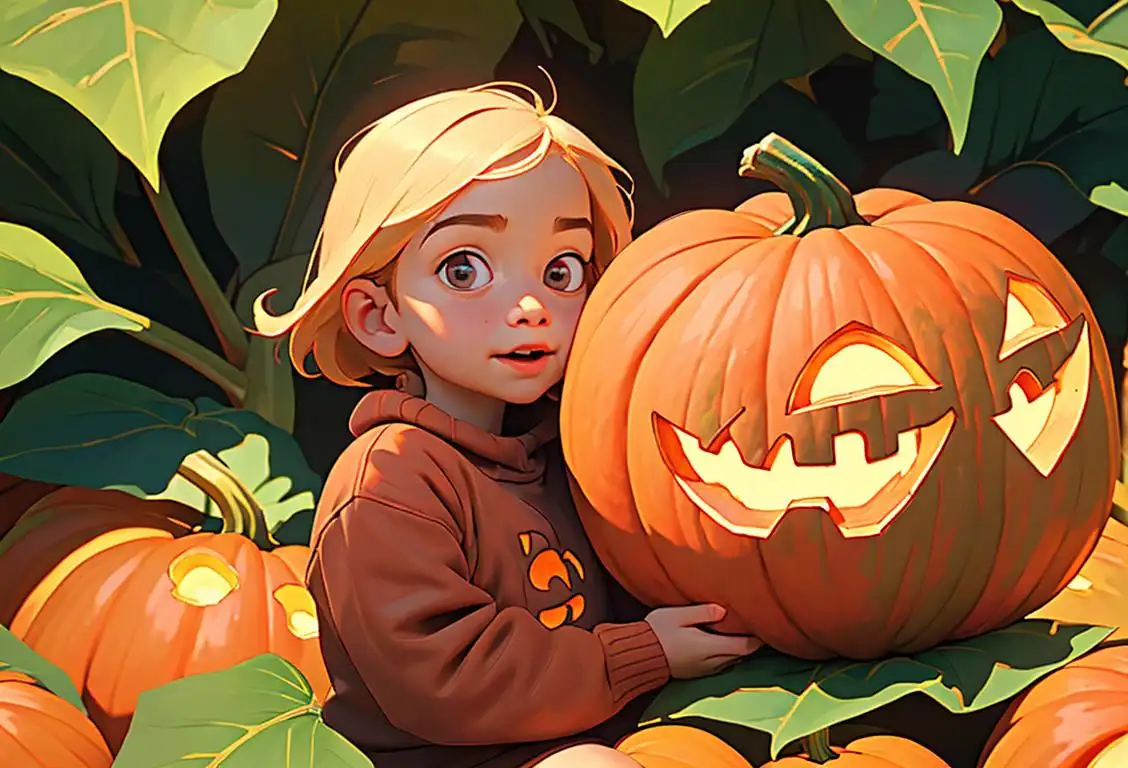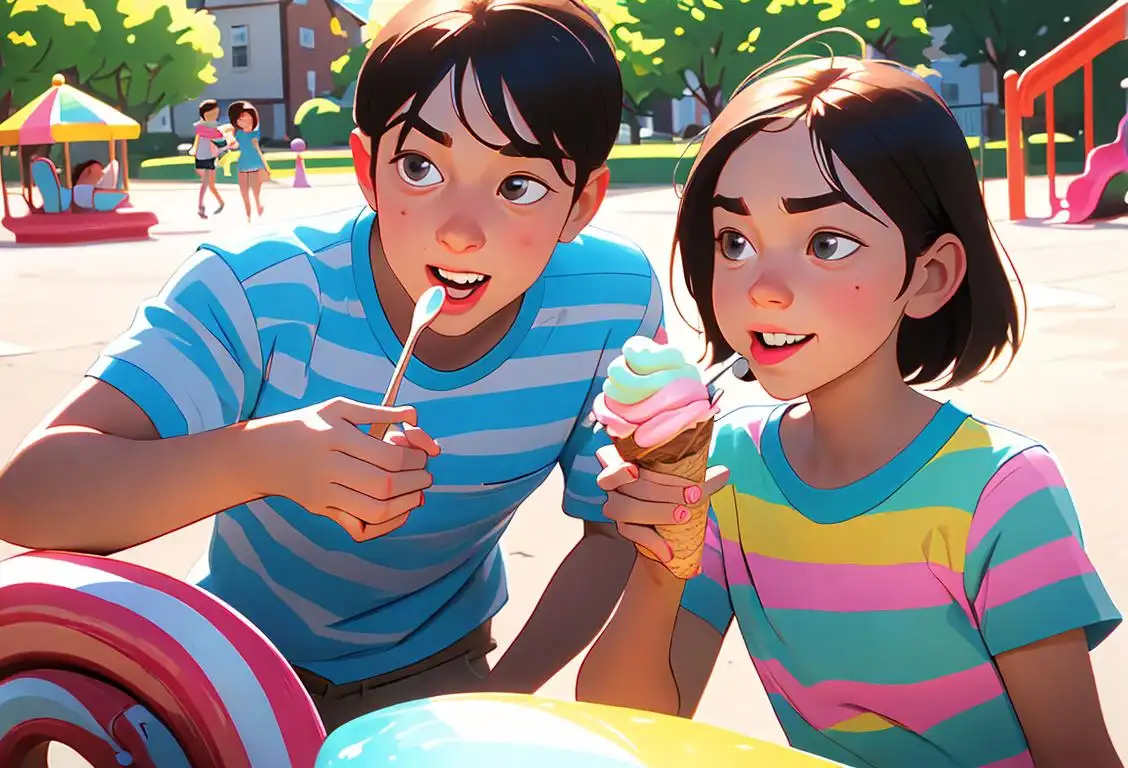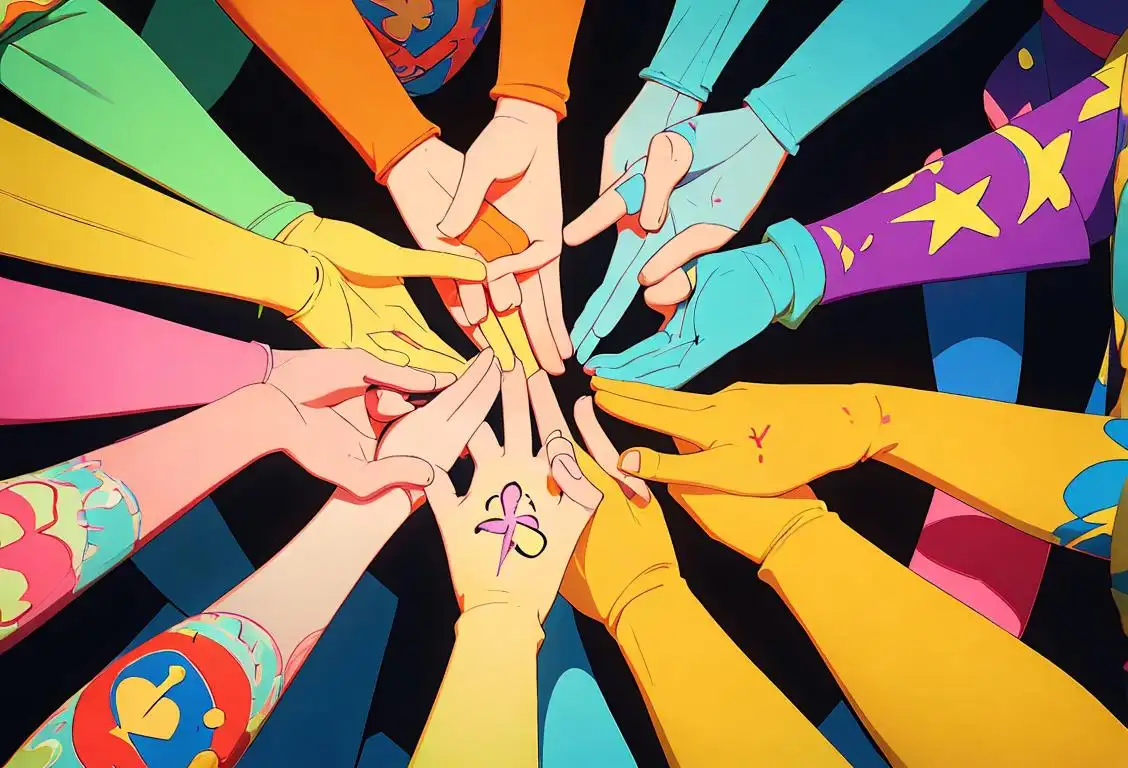National Smile Day

Never underestimate the power of a smile! The National Smile Day is one grin-tastic occasion that has managed to carve a place for itself in the world of internet, lighting up screens and hearts on one special day each year. Let's dive in to see what all the hype is about.
When is Smile Day?
It's national smile day on the 31st May.
The Journey of National Smile Day
The origin of National Smile Day may be shrouded in as much mystery as the Cheshire Cat's grin. However, our thorough analysis shows that the day started popping up on the virtual radar around 2018, with its grinning peak on May 31.
Why Smile?
No, it's not just because you've mastered the art of 'cheese' for the perfect selfie. Scientific studies confirm that smiling not only releases endorphins, making us feel happy, but it also includes a contagious joy effect. Smiles are powerful! They can light up a room, change someone's day, and can even 'neutralize the room' when Uncle Bob starts talking about politics at the dinner table.
How to Celebrate?
Smile, of course! Break out your best grin, flash those pearly whites and spread the love! But don't limit it only to yourself - challenge others to join in! Maybe send a funny meme to your work chat group, or compliment someone's smile in your local coffee shop. The possibilities are endless on this day!
Impact of National Smile Day
Forget about 'breaking the internet', the National Smile Day has smilingly embraced it. The day saw a gargantuan 14,363 mentions online in its peak year in 2018.
From celebrities to influencers to the average Joe, everyone spreads the cheer on this day bringing the virtual and physical world a little closer with each smile.
History behind the term 'Smile'
16th century
The emergence of the term 'smile'
The term 'smile' originates from the Middle English word 'smilen' which can be traced back to the Old English word 'smiegan'. In the 16th century, the term 'smile' started to gain popularity and was commonly used to refer to the facial expression of happiness or amusement.
19th century
The physiological and psychological effects of smiling
During the 19th century, scientists and psychologists began to explore the effects of smiling on human physiology and psychology. Charles Darwin, in his book 'The Expression of the Emotions in Man and Animals', highlighted the universality of smiling and its importance in social communication and bonding. It was discovered that smiling not only conveyed positive emotions but also had a positive impact on people's mood and well-being.
20th century
The rise of the smiley face
In the 1960s, the iconic yellow smiley face was created by American graphic artist Harvey Ross Ball. The simple design, consisting of a yellow circle with black dots for eyes and a wide curved line for a mouth, quickly became a symbol of happiness and positivity. The smiley face gained widespread popularity and was used in various forms of media, including advertising, merchandise, and communication.
21st century
The digital age of smileys and emojis
With the advent of digital communication, smileys and emojis have become an integral part of online interactions. The use of emoticons, such as :-) to represent a smiling face, started in the early days of the internet. However, the introduction of emojis in the 2010s revolutionized the way we express emotions in text-based communication. Today, there are numerous smiley and emoji variations to convey different types of smiles, adding depth and nuance to online conversations.
Did you know?
The average woman smiles about 62 times per day while the average man only does so about 8 times.Tagged
awareness fun loved ones rememberance smileFirst identified
31st March 2015Most mentioned on
31st May 2018Total mentions
14363Other days
Smile Day
Cheese Lovers Day
Pumpkin Day
Agriculture Day
Cancer Survivors Day
Sibs Day
Biscuit Day
Suicide Prevention Day
Memorial Day
Teddy Bear Day








